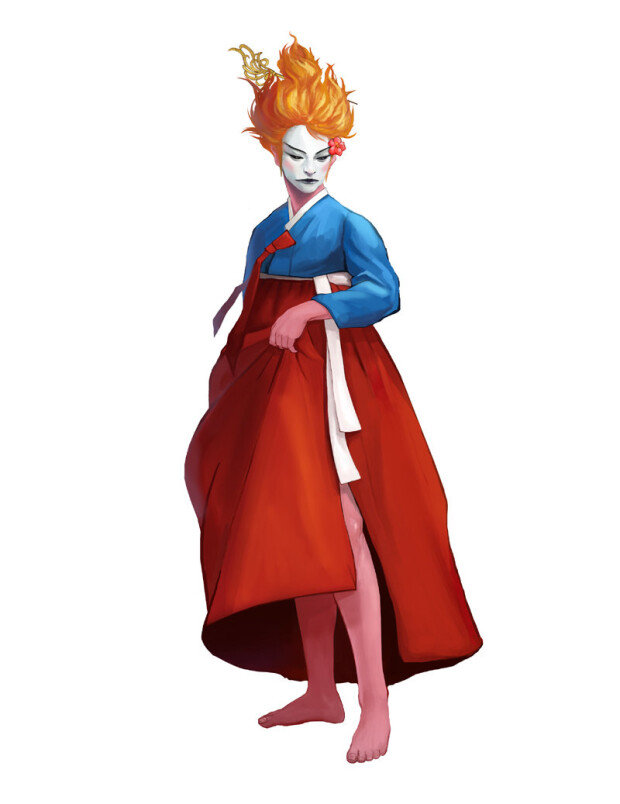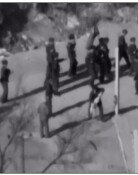Korea’s mythical creatures depicted in recent publications
Korea’s mythical creatures depicted in recent publications
Posted December. 08, 2023 08:56,
Updated December. 08, 2023 08:56

Research and scholarly exploration into the realm of traditional monsters and peculiar creatures are gaining momentum. Senior researcher Kim Yong-deok of the Traditional Performing Arts Research Institute has comprehensively explored eight fantastical creatures depicted in paintings found among our cultural artifacts, presenting his findings in the recently published “Fantastical Animals Dictionary in Korean Cultural Artifacts.” His previous works, such as “Korean Weird Creatures Illustrations” (2019) and “Wicked and Ill-natured Creatures” (2021), which delve into 20 creatures featured in classical novels, have garnered significant attention.
These strange creatures often embody the clash between traditional values and human desires. Lee Hoo-nam, a research professor at the Liberal Arts Research Lab of Jeonju University, meticulously unearthed 157 varieties of peculiar creatures from 76 Korean classical novels. One such creature, highlighted by Professor Lee, is the “Ol-chul-bi-chae,” characterized as the “worst female weird creature” in the history of Joseon, first introduced in the Korean classical novel “Records of the Three Cardinal Guidelines.”
“[Ol-chul-bi-chae] is a peculiar creature that completely challenges the established notions of femineity mandated by the patriarchal Joseon society. It emerged from the intersection of the prevailing ethics of the era, the desires of women, and the fears of men,” remarked Professor Lee.
Kim Yong-deok expanded on the allure of Korean weird creatures, emphasizing their dual nature, often straddling the realms of good and evil. One such example is the “thunder god,” a creature capable of generating thunder and lightning. Depicted in Japanese and Chinese Buddhist narratives, this peculiar being obstructs Buddha’s asceticism.
Kim Jong-dae, an expert specializing in the study of goblins and the head of the National Folk Museum of Korea, emphasized that weird creatures not only reflect the fears prevalent in society at the time but also delineate the boundaries between prevailing ethical norms and desires, as well as between good and evil. “Exploring Korean traditional weird creatures provides a gateway for us to contemplate deeply on the nature of human existence,” he remarked.
always99@donga.com
Headline News
- Pres. Yoon refuses impeachment documents for a week
- Debate over Lee’s participation causes friction in government consultative body
- Food and dining prices could increase en masse next year
- Foreign couple borrowed over $2 million to buy a Seoul house
- One-third of Japanese companies keep workers employed until 70







